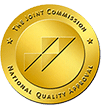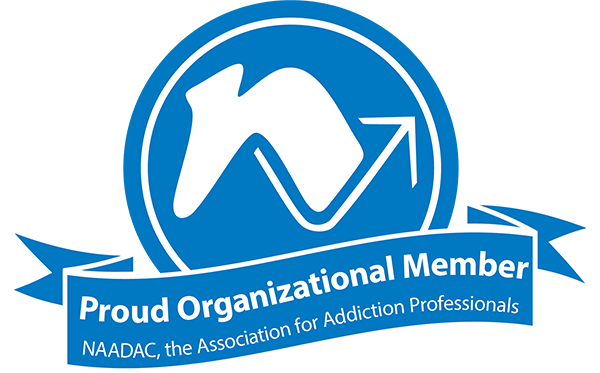Oxycodone is a powerful opioid pain reliever that, while effective for managing pain, carries a high risk of addiction and overdose. When combined with alcohol, the dangers multiply, as both substances depress the central nervous system, increasing the risk of respiratory failure, unconsciousness, and death. Despite these risks, oxycodone is frequently misused with alcohol, often leading to tragic consequences. Understanding the dangers of mixing oxycodone and alcohol, recognizing the signs of overdose, and knowing how to respond in an emergency can save lives.
What is Oxycodone?
Oxycodone is a semi-synthetic analgesic (painkiller) medication derived from the poppy plant Papaver somniferum. It’s taken from thebaine, an alkaloid found in the plant, and then synthesized in a lab.
The drug works by binding to opioid receptors in the brain and spinal cord, reducing the perception of pain. Oxycodone is often prescribed for pain management following surgery, injury, or chronic conditions such as cancer-related pain.
Oxycodone is extremely addictive, meaning many people who get prescribed it quickly become dependent on it. It’s also commonly abused in concert with other drugs, such as alcohol, which is exceptionally dangerous. Because of its risk for opioid addiction, Oxycodone is classified as a Schedule II Controlled Substance in the United States.
Why Mixing Oxycodone and Alcohol Can Be Deadly
Oxycodone and alcohol are both central nervous system (CNS) depressants, meaning they slow down vital bodily functions such as breathing, heart rate, and brain activity. When taken together, their combined effects can be dangerous or even fatal.
Oxycodone binds to opioid receptors in the brain, blocking pain signals and producing sedation and euphoria. However, it also slows respiration, which can be life-threatening in high doses. Alcohol, meanwhile, affects the brain’s neurotransmitters, leading to sedation, impaired coordination, and slowed reflexes. Like oxycodone, it also depresses breathing.
When oxycodone and alcohol are combined, the effects are amplified, increasing the risk of overdose, respiratory failure, and loss of consciousness.
Dangers of Mixing Oxycodone and Alcohol
The combination of oxycodone and alcohol can cause severe health risks, including:
- Respiratory Depression – Breathing slows down or stops, leading to oxygen deprivation and possible brain damage.
- Increased Sedation and Unconsciousness – The heightened depressant effects can cause deep sedation or a coma.
- Low Blood Pressure and Heart Complications – Both substances lower blood pressure, which can lead to shock or cardiac arrest.
- Impaired Judgment and Higher Risk of Accidents – The combination can severely impair coordination and reaction time, increasing the likelihood of falls, car accidents, or other injuries.
The combined effects of oxycodone and alcohol can turn a single miscalculation into a life-threatening emergency. Even if someone has taken both substances before without immediate harm, the risk remains unpredictable and severe. Understanding these dangers is crucial in preventing tragic outcomes—if you or someone you know is struggling with substance use, seek medical guidance before it’s too late.
Symptoms of Oxycodone and Alcohol Overdose
Recognizing the signs of overdose is crucial in preventing fatal outcomes.
Symptoms may include:
- Severe drowsiness or unresponsiveness
- Slow, shallow, or stopped breathing
- Bluish lips or fingertips (cyanosis) due to lack of oxygen
- Extreme confusion or delirium
- Vomiting and choking risk
- Slow or irregular heart rate
- Seizures or coma
An overdose involving oxycodone and alcohol is a medical emergency that requires immediate action. Ignoring the symptoms or assuming someone will “sleep it off” can be fatal. If you suspect an overdose, call 911 right away, administer naloxone if available, and stay with the person until help arrives. Prompt intervention can mean the difference between life and death.
What to Do in Case of Overdose
If someone is experiencing an overdose from oxycodone and alcohol, acting quickly can save their life.
Here’s what to do:
- Call 911 Immediately – This is a medical emergency. Clearly describe the situation, including the substances involved.
- Administer Naloxone (Narcan) if Available – Naloxone can reverse opioid overdoses, but it does not treat alcohol poisoning. If you have it, use it right away.
- Monitor Their Breathing – If they are not breathing or their breaths are very slow, be prepared to perform CPR if trained.
- Keep Them Awake and Talking – If they are conscious, try to keep them alert and engaged until help arrives.
- Place Them in the Recovery Position – If they are unconscious but still breathing, turn them on their side with one arm and one leg extended to prevent choking.
- Do Not Leave Them Alone – Stay with the person at all times. Their condition can worsen rapidly.
Overdoses happen quickly and can be fatal if not treated immediately. Even if the person seems to recover, they still need medical attention to prevent long-term damage. Never assume they will “sleep it off”—get help right away.
"*" indicates required fields
Fill out the form below and one of our admissions team members will reach out to you:
"*" indicates required fields
Who Is Most at Risk?
Mixing oxycodone and alcohol is dangerous for anyone, but there are certain subsets of people for whom it’s even more risky.
High-risk groups include older adults, those with respiratory conditions, people with compromised liver or kidney function, and those on other depressants like benzodiazepines (Xanax, Valium, etc.). Understanding these risks can help people make informed decisions and take necessary precautions when using prescription opioids.
How to Avoid Dangerous Interactions
The best way to prevent the life-threatening risks of oxycodone and alcohol is to avoid mixing them to begin with – even small amounts of alcohol can dangerously enhance oxycodone’s effects.
But while avoiding alcoholic drinks is paramount, you still may run the risk of mixing oxycodone and alcohol via other medications. Many over-the-counter drugs, like cough syrups and sleep aids also contain alcohol and should be avoided.
Treatment Options for Opioid and Alcohol Addiction
Addiction to opioids and alcohol are both highly treatable with a mix of medical detox, medication-assisted treatment, therapy, and long-term support. Medical detox helps manage withdrawal symptoms safely, sometimes using medications like buprenorphine or methadone for opioid dependence and benzodiazepines or naltrexone for alcohol use disorder. After detox, behavioral therapies such as Cognitive Behavioral Therapy (CBT) can be used to address the root causes of addiction.
Opioid addiction and alcohol abuse are serious substance use disorders that can have potentially lethal consequences, especially when individuals mix alcohol with prescription medications. Combining alcohol and opioids like oxycodone—sold under brand names in capsules or tablets—can lead to overdose death, liver damage, and severe side effects such as nausea, vomiting, dry mouth, and an increased risk of respiratory depression. Mixing alcohol and medications containing acetaminophen further increases the risk of liver toxicity. The interaction with alcohol is particularly dangerous when combined with other substances, such as benzodiazepines, marijuana, cocaine, or Xanax, all of which amplify the effects of alcohol and other drug interactions. Binge drinking, alcohol intake alongside oxycodone use, and alcohol dependence can mask the following symptoms of opioid withdrawal, making addiction and abuse harder to treat. Call Footprints to Recovery today!







